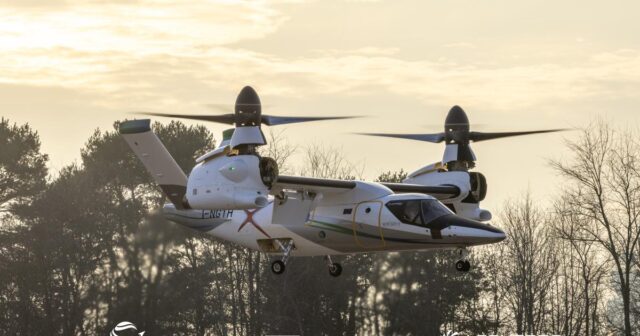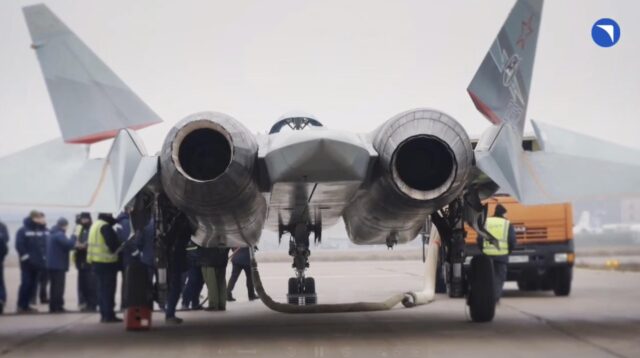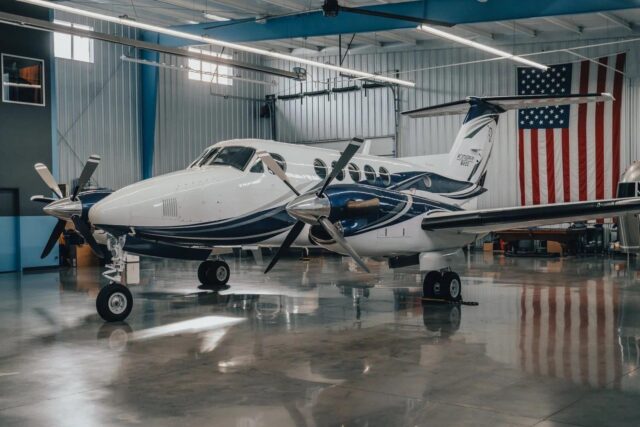Extraordinary demand for pre-owned jets: Why the used aircraft boom shows no sign of slowing

November 10, 2025

When Airbus and Boeing promised higher monthly production rates, many in the industry hoped the pressure on aircraft availability might finally ease. Yet, according to Raphael Haddad, President of Jetcraft Commercial, the targets remain out of reach – and the gap between supply and demand is only widening.
“If you look at the records right now, they haven’t been meeting their targets,” Haddad tells AGN. “Airbus announced plans to reach 75 aircraft a month, but they’re still around 65. Boeing is the same story. Until the engine manufacturers and other key suppliers start meeting their delivery commitments, it’s going to be tough for the OEMs to produce.”
He points to bottlenecks across the entire production chain, from engines and landing gears to labour shortages, and says the shortfall has fuelled extraordinary demand for pre-owned jets.

“I wish I’d hung on to the aircraft I sold last year,” he laughs. “I could have sold them this year for 50% more. Demand has been incredibly strong for the past three years. We’ve seen sale prices and lease rates rise between 25% and 50% year-on-year, depending on the aircraft type.”
That appetite spans everything from regional jets to widebodies, with values surging as operators struggle to secure deliveries of new aircraft. Even as fares rise, passengers continue to fly in record numbers.
“Travellers complain about higher prices, but they’re not stopping,” Haddad adds. “The proof is in the pudding — we’re already past 2019 levels.”
Find more of our exclusive aerospace coverage and interviews here.
Regional and secondary markets drive growth in used aircraft sales
Much of the current momentum in the secondary market is coming from outside the traditional hubs. Haddad says that regional and narrowbody aircraft are leading the surge, particularly among fast-growing airlines in developing regions.
“The biggest demand for regional aircraft is coming from the secondary markets — Southeast Asia, Africa, Central Asia and Latin America,” he says. “We’re also seeing some activity in North America, but the real growth is happening in those emerging regions.”

In these markets, smaller operators are expanding to meet strong local traffic growth, while others are replacing ageing fleets with more efficient pre-owned models. Jetcraft is seeing demand across the spectrum, from turboprops and E-Jets to popular narrowbodies such as the A320 family and Boeing 737NG.
“Demand is across the board — regionals, narrowbodies and widebodies,” Haddad says. “Even widebody aircraft are in short supply. Airlines want capacity, and they’ll take what they can get.”
He points to renewed interest in regional types like the Embraer E-Jets, and a strong appetite for used turboprops as operators rebuild connectivity in underserved areas. These aircraft, he explains, offer a fast and affordable way to restore networks without waiting years for new-build deliveries.
“In Southeast Asia and Africa, especially, carriers are adding used regional aircraft to reopen routes and build frequency,” Haddad notes. “It’s a cost-effective way to grow when new aircraft simply aren’t available.”
Tearing down young aircraft for parts
One of the more surprising consequences of the supply crunch is that some relatively young aircraft are now being dismantled for parts. Haddad says he’s seen A320neos and even 2015-vintage A330s bought at market value purely for teardown.
“It’s unfortunate, but it’s happening,” he says. “The value of the engines, landing gears and APUs is so high that it justifies taking apart a perfectly good aircraft. Airlines can’t compete for those assets, so the aftermarket is snapping them up.”

Some of the more stark examples include a five-year-old Airbus A220 scrapped for parts, two ex-IndiGo A321neos torn down at six years old, and Delta removing engines from brand-new aircraft.
He attributes the trend to a mix of component scarcity and industry consolidation. “There’s a big backlog at overhaul shops, especially for landing gears and engines,” he notes. “And because many component manufacturers have merged, the market is controlled by a few large players. Their bottom line takes priority over meeting demand.”
The outlook for the used aircraft market
Looking ahead, Haddad sees no immediate signs of relief for airlines seeking aircraft. Even as economic data points to a slowdown in parts of Europe and Canada, he says demand remains stubbornly high and supply constraints persist across every segment.
“We might see a bit of stagnation, but the demand for aircraft hasn’t diminished; that’s unusual compared to previous downturns,” he explains. “Normally, when economies cool, you’d expect demand to fall three to six months later. This time, we’re not seeing that.”
He believes the industry is in uncharted territory, with airline appetite still outpacing what manufacturers and lessors can provide. Production shortfalls, component bottlenecks and longer maintenance turnaround times have created a structural imbalance that could last for years.
“Right now, I don’t see the OEMs catching up with demand in any reasonable timeframe,” Haddad says. “There are too many things that need to change — supply chains, labour availability, material costs. It’s going to take time.”

Even the prospect of additional aircraft coming to market from struggling operators such as Spirit Airlines isn’t expected to make much difference. “You might see a few narrowbodies freed up, but it’s not enough to ease the wider pressure,” he adds.
While he acknowledges that a future recession could eventually temper values, Haddad cautions against expecting a major correction soon. “Eventually, a slowdown will happen,” he says. “As a passenger, that might even be healthy for fares and capacity, but we have to be careful what we wish for — it could be a big one, not a small one.”
For now, he says, the secondary market remains vibrant, mainstream and competitive — and that’s good for aviation as a whole.
“It’s as normal today to buy a pre-owned aircraft as it is to buy new,” Haddad concludes. “That keeps the industry dynamic. For people like us, traders and investors in aircraft, everything still seems to be humming.”
He laughs when reminded of our last conversation, at the height of the pandemic. “Back then, we were wondering if anyone would ever buy aircraft again,” he says. “Now it’s the opposite — I can’t find enough to sell.”
















